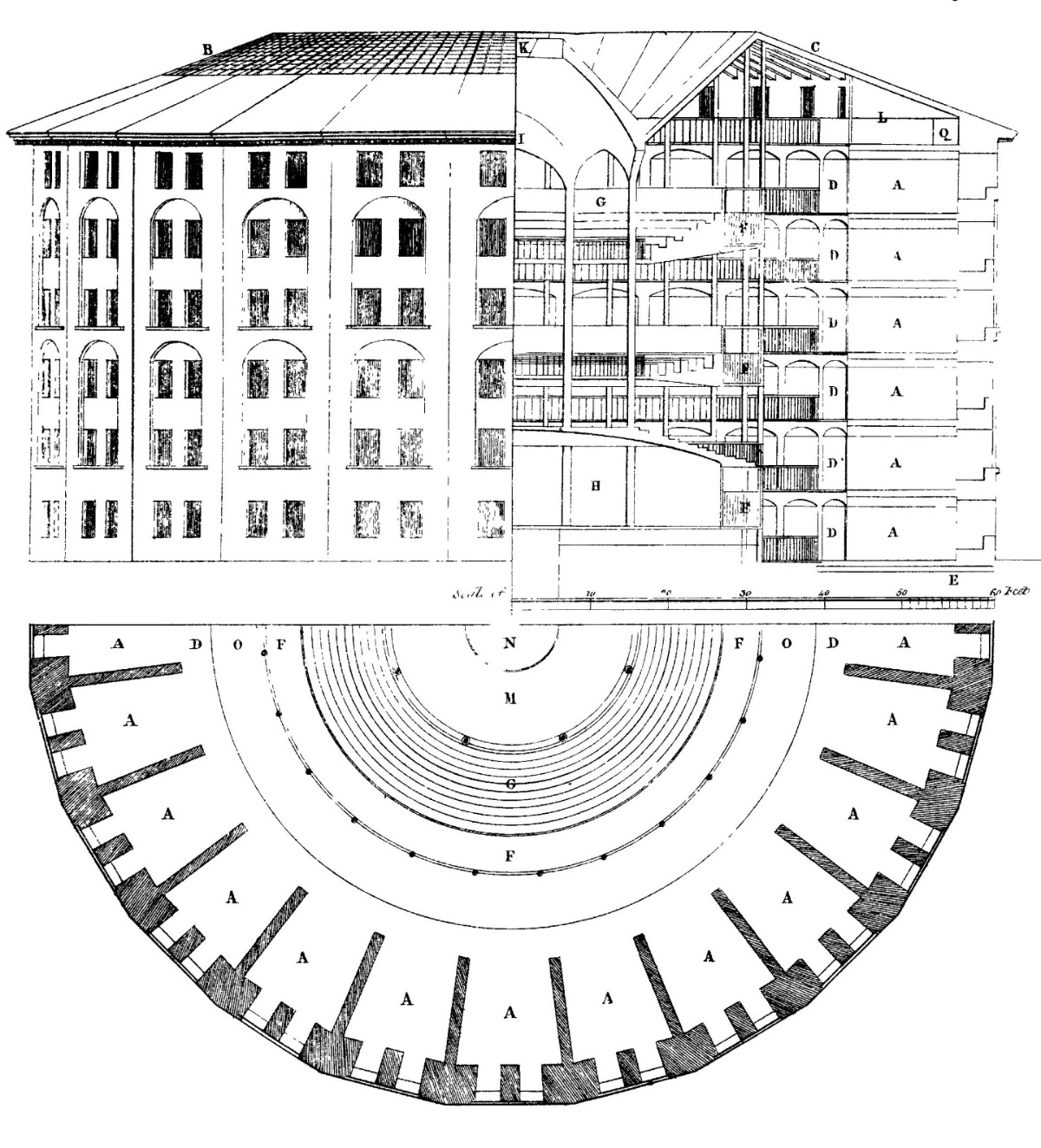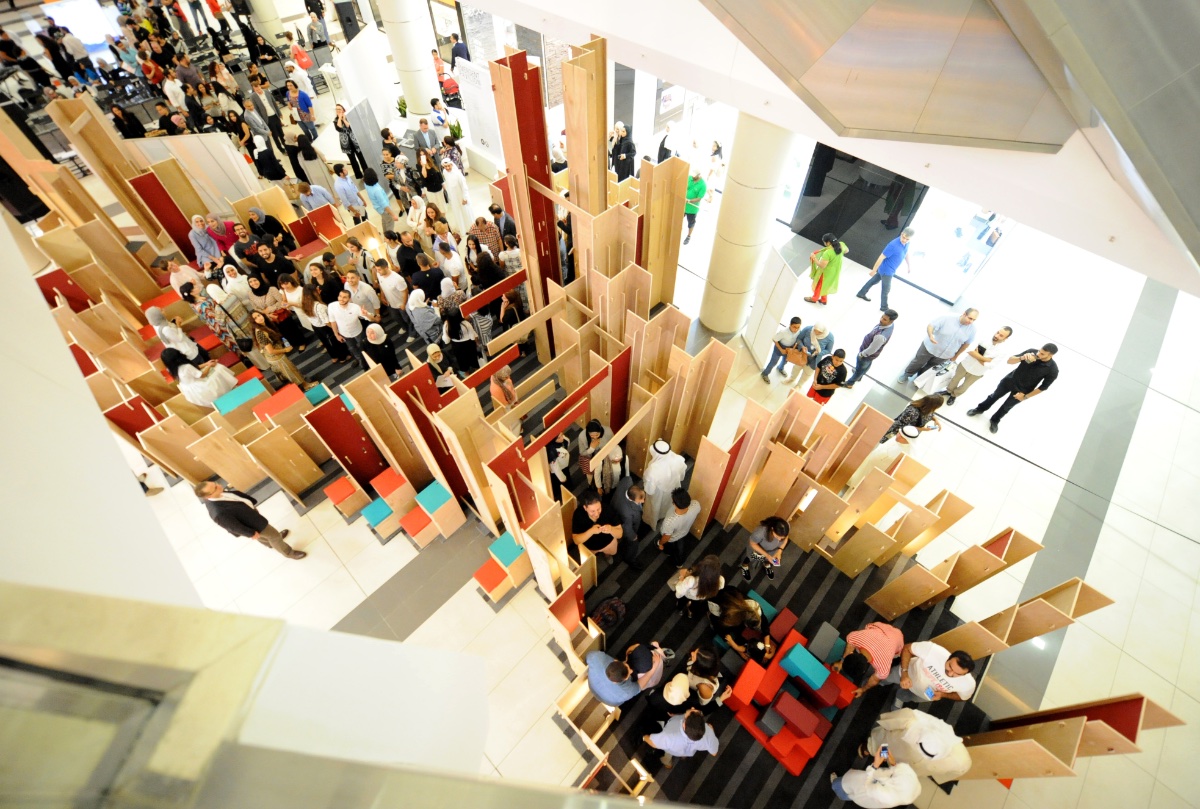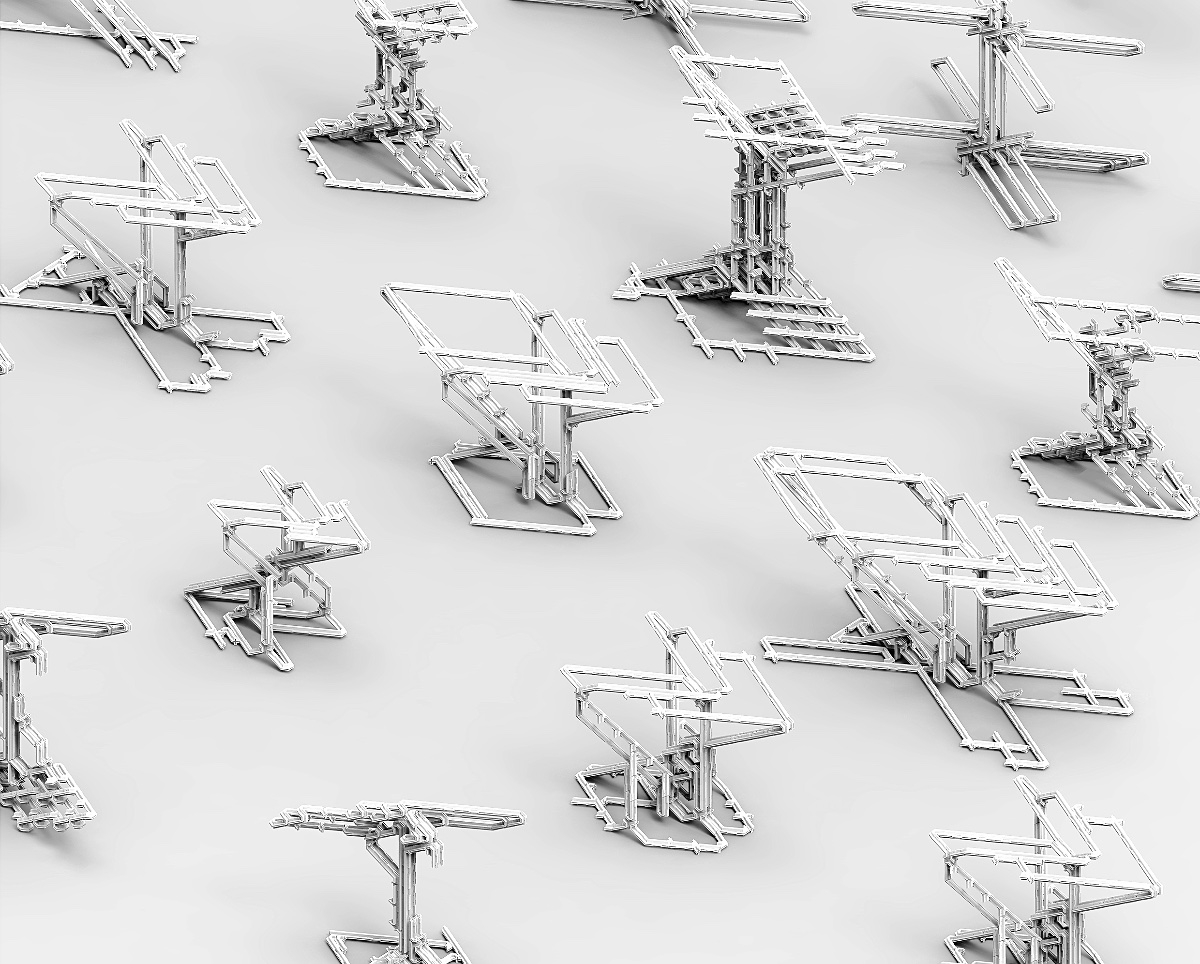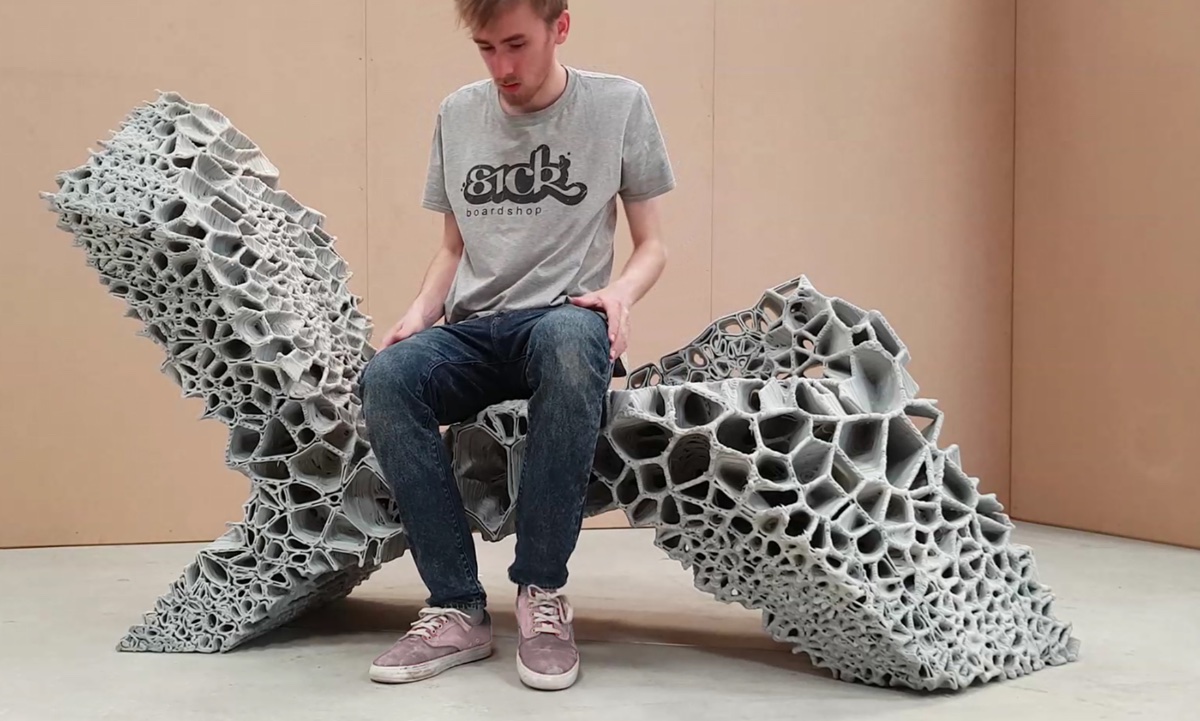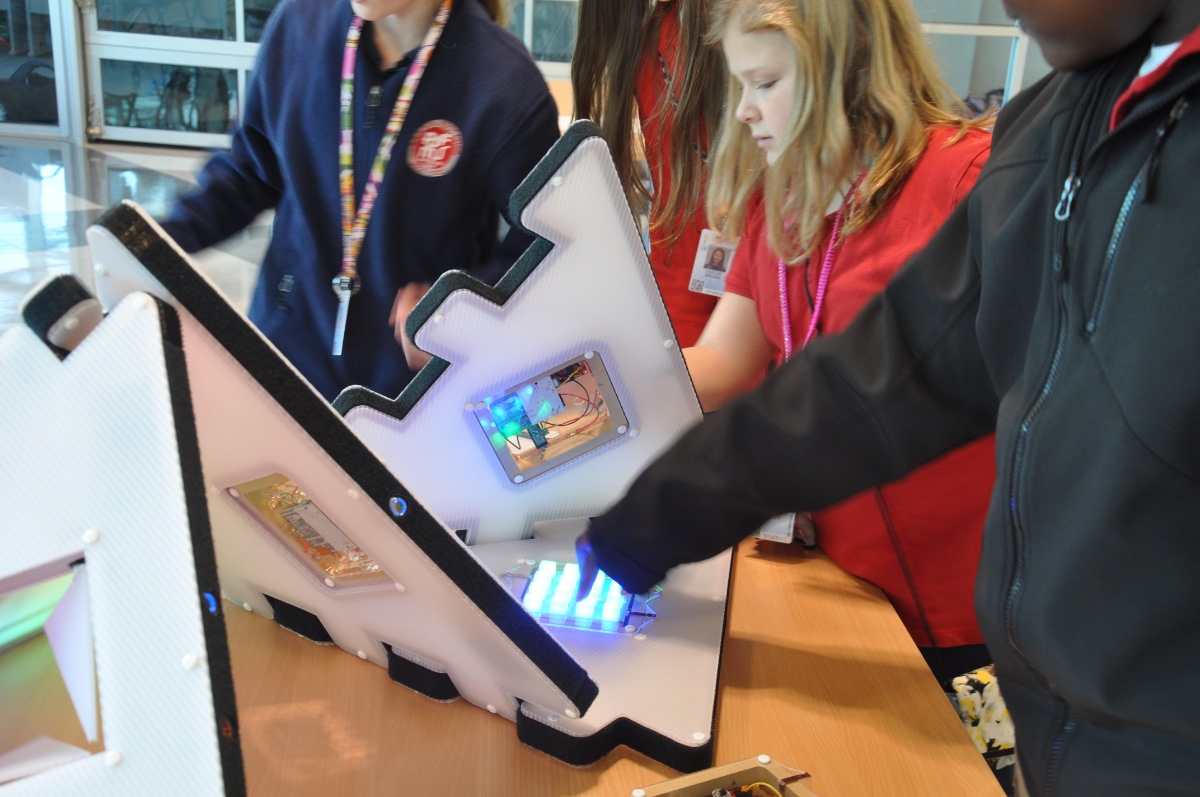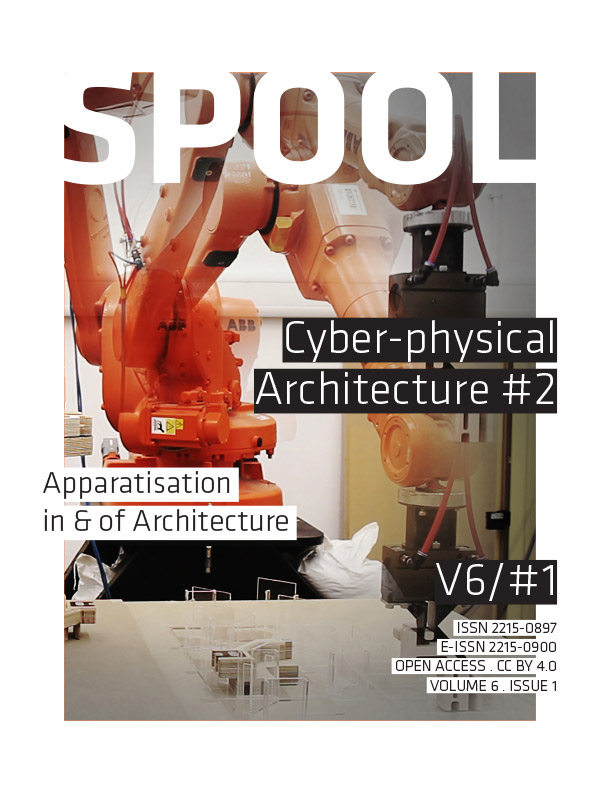
Apparatisation in & of Architecture
6 articles / 58 pages
ISBN 978-94-6366-200-0
Issue editor
Sang Lee, TU Delft
Henriette Bier, TU Delft
Editorial
-
Apparatus and apparatisation, the focus of the Cyber-Physical Architecture (CpA) issue #2 of SPOOL, refer to an assemblage of various components, tools, and instruments that in combination produce an exponential surplus beyond the linear sum of parts. On the one hand, apparatus can be seen as a collective of means used to perform certain tasks in order to solve a range of problems. It can contain a series of tools and instruments and produce new rationalities that often translate into pervasive technology, such as, for instance, electricity and, today, Information and Communication...
Articles
-
When Michel Foucault introduces the term, dispositif, commonly translated as ‘apparatus’, he uses the architectural example of the Panopticon to illustrate how power is exercised. A building, according to this line of thinking, seemingly has the capacity to exercise control on its occupants. But is this really the case? This paper examines the thinking of Foucault on the subject, and questions to what extent we can conceive of a building as being in and of itself an apparatus. It goes on to explore Foucault’s subsequent reflections on the subject in his interview with Paul Rabinow,...
-
This article summarises a series of experiments at the Architectural Association between 2011 and 2017, which explore the intellectual notion of ‘the architecture machine’ as introduced by Nicholas Negroponte and the Architecture Machine Group at MIT in 1967. The group explored automated computational processes that could assist the process of generating architectural solutions by incorporating much greater levels of complexity at both large and small scales. A central idea to the mission of the Architecture Machine Group was to enable the future inhabitants to participate in the...
-
The projects featured in this paper aim to demonstrate the potential of Discrete Robotic Assembly in architecture. Although still in its early stages, this research proves that there is an increase in construction efficiency within a discrete design framework. The research shows how a limited set of assembly possibilities eases the automation of the manufacturing process and leads to a reduction of labour, construction time, and cost. This intrinsic link between discrete design methods and automation hints at a potential shift in the construction industry governed by a new paradigm in...
-
Adaptive design strategies have been employed to improve structural performances in terms of load-bearing efficiency and energetic impact as well as to achieve multi-functionality. In this work, we investigate a passive adaptation strategy that employs variable stiffness in robotically printed materials. This paper focuses on the design and robotic fabrication of a chaise longue that can change shape to function as both recliner and chair depending on user requirements. The approach is unique in the way computational design is linked with robotic production. In this context, the design...
Interview
-
Dialogs on Architecture is a series of dialogs between researchers and practitioners who are embracing the intellectual model of high technology and are involved in its advancement and application in architecture. The first dialog focuses on the impact of an intellectual model of high technology on architecture, and takes place between Henriette Bier (HB) and Keith Green (KG).
